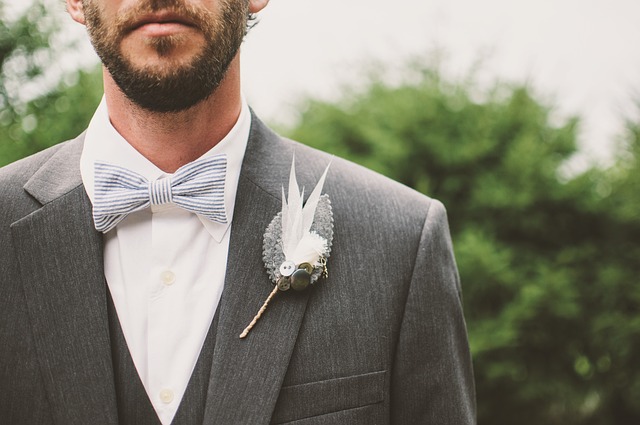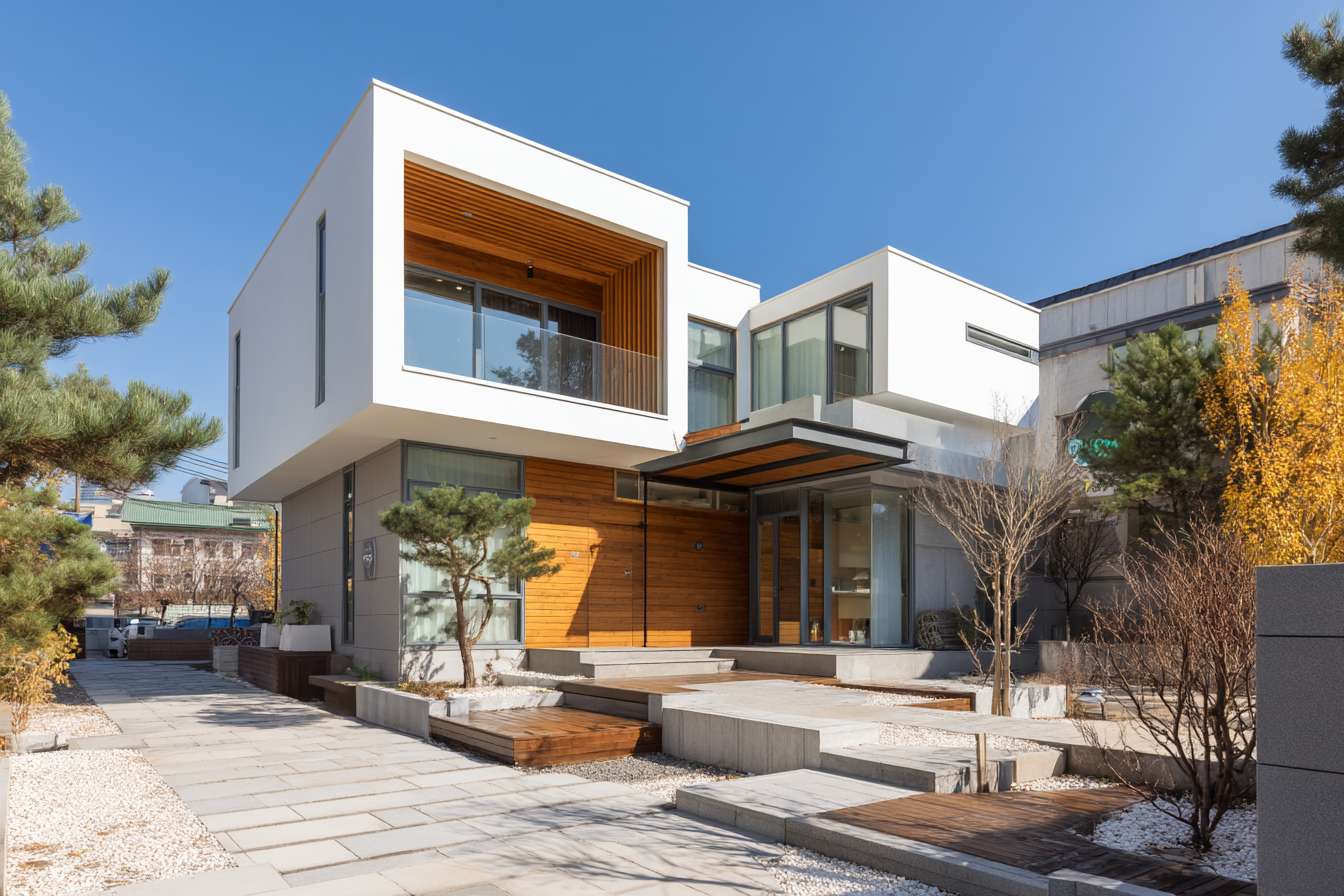The Ultimate Guide to Men's Wedding Suits: How to Look Your Best on the Big Day
Wedding planning involves countless decisions, and for grooms, selecting the perfect wedding suit ranks among the most important. The right suit not only complements the wedding's overall aesthetic but also ensures the groom feels confident and comfortable throughout the celebration. This comprehensive guide explores everything from selecting the ideal wedding suit to styling accessories that enhance your look, helping you navigate this significant fashion choice with confidence.

How to Choose the Perfect Wedding Suit for Men
Finding the perfect wedding suit requires consideration of several key factors. First, consider the wedding’s formality and venue—black-tie events call for tuxedos, while garden weddings might suit lighter colors and fabrics. The season plays a crucial role too; wool suits work well for fall and winter, while linen and cotton blends offer comfort for spring and summer celebrations.
Your body type should influence your suit selection. Taller men often look great in three-piece suits, while shorter men might prefer two-piece options with strategic tailoring to create a lengthening effect. Regardless of your physique, proper fit remains paramount—shoulders should align with your body’s natural shape, sleeves should end at your wrist bone, and trousers should break slightly at the shoe.
The wedding’s color palette deserves consideration as well. While you needn’t match the bridesmaids exactly, your suit should harmonize with the overall wedding colors. Navy, charcoal, and light gray offer versatile options that complement most themes without overwhelming the overall aesthetic.
Classic Wedding Suits for Men That Never Go Out of Style
When considering timeless wedding attire, certain styles maintain their appeal across generations. The black tuxedo represents the pinnacle of formal wedding attire—featuring satin lapels, matching buttons, and stripe-detailed trousers. This classic choice works perfectly for evening ceremonies and black-tie events.
The navy suit stands as perhaps the most versatile classic option. Its rich color flatters virtually all skin tones while offering formality without the severity of black. Navy suits transition seamlessly from daytime to evening ceremonies and can be styled to suit nearly any wedding theme.
For those seeking sophistication with a softer edge, the medium-to-charcoal gray suit provides an elegant alternative. This classic option offers formality while remaining adaptable to various styling approaches. Gray suits particularly shine in daytime and outdoor settings, where their subtle color plays beautifully in natural light.
The traditional morning suit—featuring a tailcoat, striped trousers, and often a waistcoat—continues to appear at formal daytime weddings, especially those with religious ceremonies. This quintessentially traditional option speaks to heritage and formality for grooms who appreciate classic styling.
How to Style Accessories With Men’s Wedding Suits
Accessories transform a wedding suit from basic to personalized. Start with footwear—black leather oxfords complement formal suits, while brown shoes work well with navy or gray options for less formal occasions. Ensure shoes are polished and comfortable enough for a full day of standing, walking, and dancing.
Neckwear provides another opportunity to enhance your wedding look. Traditional ties work well for standard suits, while bow ties accompany tuxedos. Consider incorporating wedding colors through your tie selection, perhaps matching groomsmen to bridesmaids while selecting something distinctive for yourself as the groom.
Pocket squares add a sophisticated touch when thoughtfully coordinated. Rather than exactly matching your tie, choose a complementary color or pattern that picks up elements from your tie or the wedding palette. The classic white pocket square offers a timeless option that never fails.
Beyond these basics, consider personal accessories that reflect your style. Cufflinks provide an opportunity to showcase personality or sentimental value—perhaps family heirlooms or designs that reference shared interests. Watches should remain elegant and understated, with leather straps typically offering a more formal appearance than metal bracelets.
Tailoring: The Secret to a Perfect Wedding Suit
No matter how expensive or well-designed a suit may be, proper tailoring makes the critical difference in its appearance. Allow sufficient time before the wedding for multiple fittings—ideally purchasing your suit at least two to three months in advance.
A well-tailored jacket should contour to your shoulders without pulling or excess fabric. Sleeves should reveal approximately half an inch of shirt cuff when your arms hang naturally. Trousers should sit comfortably at your waist with a slight break at the shoe, creating a clean silhouette without pooling fabric.
Consider practical adjustments for comfort throughout your wedding day. Ensure you can comfortably raise your arms, sit, and move without restriction. Remember that photographs and dancing will require mobility, making comfort as important as appearance.
Seasonal Considerations for Wedding Suits
Your wedding’s season should significantly influence your suit selection. Summer weddings call for lighter fabrics like cotton, linen blends, or lightweight wool to prevent overheating. Consider lighter colors too—tan, light gray, or even appropriately tasteful blue suits work beautifully for warm-weather celebrations.
Fall and winter weddings allow for heavier fabrics like flannel, tweed, or substantial wool. These materials provide warmth while offering rich texture that photographs beautifully. Darker colors typically suit colder months—deep navy, charcoal, or traditional black create a sophisticated cold-weather aesthetic.
Spring weddings open possibilities for medium-weight wools and color choices that reflect the season’s freshness. Medium blues, lighter grays, and even subtle patterns can work beautifully for spring celebrations, especially for outdoor or daytime events.
Wedding Suit Budget Considerations
Wedding suits vary dramatically in price depending on fabric quality, construction methods, and brand prestige. Ready-to-wear suits typically range from $300-$1000, while made-to-measure options start around $800 and can exceed $2000. Full bespoke suits, crafted entirely to your specifications, generally begin at $2000 and can reach $5000 or more from prestigious tailors.
| Suit Category | Price Range | Features | Best For |
|---|---|---|---|
| Budget Ready-to-Wear | $200-$500 | Standard sizing, basic fabrics | One-time wear, limited budget |
| Premium Ready-to-Wear | $500-$1000 | Better fabrics, improved construction | Versatile use beyond wedding |
| Made-to-Measure | $800-$2000 | Customized fit, fabric choices | Unique body types, specific style preferences |
| Bespoke | $2000-$5000+ | Completely custom pattern, highest quality materials | Investment pieces, perfect fit requirements |
Prices, rates, or cost estimates mentioned in this article are based on the latest available information but may change over time. Independent research is advised before making financial decisions.
Remember that alterations add to overall costs—budget $50-$200 for standard adjustments to ready-to-wear suits. Many grooms find middle-ground options like made-to-measure suits offer excellent value, providing significant customization without full bespoke pricing.
Final Thoughts on Wedding Suit Selection
Your wedding suit represents more than just formal attire—it’s a reflection of personal style on one of life’s most significant days. While trends come and go, focusing on proper fit, appropriate formality, and timeless styling ensures you’ll look back on wedding photos with satisfaction for years to come. Take time to explore options, schedule fittings well in advance, and consider how each element contributes to your complete wedding day appearance. With thoughtful selection and proper styling, your wedding suit will contribute to both your confidence and the celebration’s memories.




